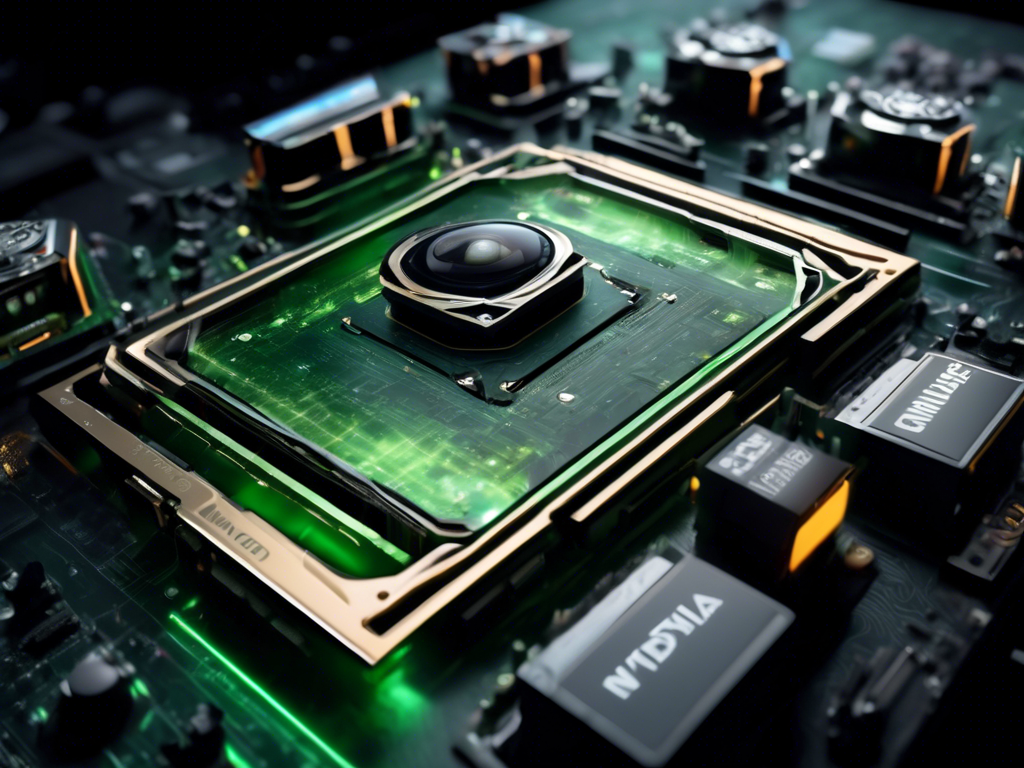Revolutionizing Large Space Management with NVIDIA Multi-Camera Tracking Workflow
Large spaces like warehouses, factories, stadiums, and airports often face challenges in efficiently managing and tracking objects across multiple camera feeds. NVIDIA has introduced a groundbreaking multi-camera tracking workflow to enhance the efficiency of vision AI systems in monitoring and managing large spaces.
Introduction to NVIDIA Multi-Camera Tracking
The newly launched NVIDIA multi-camera tracking workflow offers a customizable starting point for developers, significantly reducing development time. This workflow comprises state-of-the-art AI models trained on real and synthetic datasets, along with real-time video streaming modules. Key components of the workflow include:
- Foundation layer: Fuses multi-camera feeds to create global IDs for objects, along with their global and local coordinates.
- Analytics layer: Provides unique object counts and local trajectories.
- Visualization and UI: Includes sample heatmaps, histograms, and pathing that can be further customized.
Challenges in Managing Multi-Camera Tracking
Implementing multi-camera tracking systems can be complex due to several factors:
- Subject matching: Advanced algorithms and AI models are required to accurately match subjects across multiple camera feeds from different angles and views.
- Real-time requirements: Real-time multi-camera tracking necessitates specialized modules for live data streaming, multi-stream fusion, behavior analytics, and anomaly detection.
- Scalability: Scaling these systems to large spaces requires distributed computing and a cloud-native architecture capable of handling thousands of cameras and subjects.
Getting Started with Multi-Camera Tracking Workflow
For individuals interested in deploying this workflow, NVIDIA provides a quickstart guide that details how to deploy the reference workflow on local development environments or in the cloud. Additionally, the end-to-end Sim2Deploy recipe offers further guidance on simulating and fine-tuning the workflow for specific use cases.
End-to-End Workflow for Multi-Camera Tracking
The multi-camera tracking reference workflow processes live or recorded streams from the Media Management microservice, outputting the behavior and global IDs of objects in the multi-camera view. Object metadata is stored in an Elasticsearch index and a Milvus vector database, allowing users to visualize behaviors and track objects over time.
Building and Deploying Multi-Camera Tracking Workflow
NVIDIA offers various options for building and deploying the multi-camera tracking application, including quick deployment with Docker Compose, production deployment with Kubernetes, and cloud deployment with scripts for popular cloud service providers.
Monitoring and Logging
The multi-camera tracking application seamlessly integrates with the Kibana dashboard, providing users with insights into object detection, unique object counts, and multi-camera tracking workflows over time.
Conclusion
The NVIDIA multi-camera tracking reference workflow offers a robust solution for managing and optimizing large spaces. Developers can dive into customization and development by following the provided guides and leveraging NVIDIA’s comprehensive tools and documentation.
Image source: Shutterstock
Hot Take: Embracing the Future of Large Space Management with NVIDIA’s Multi-Camera Tracking
Dear Fellow Crypto Enthusiast,





 By
By
 By
By

 By
By
 By
By